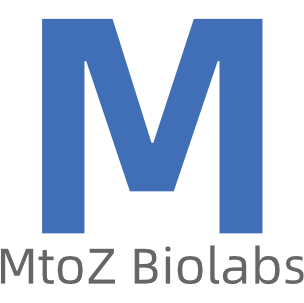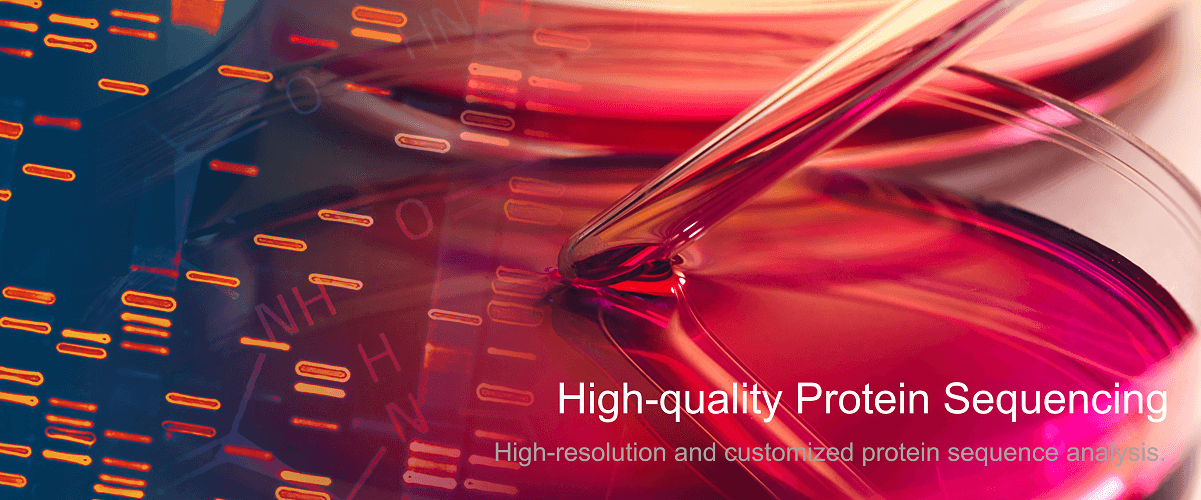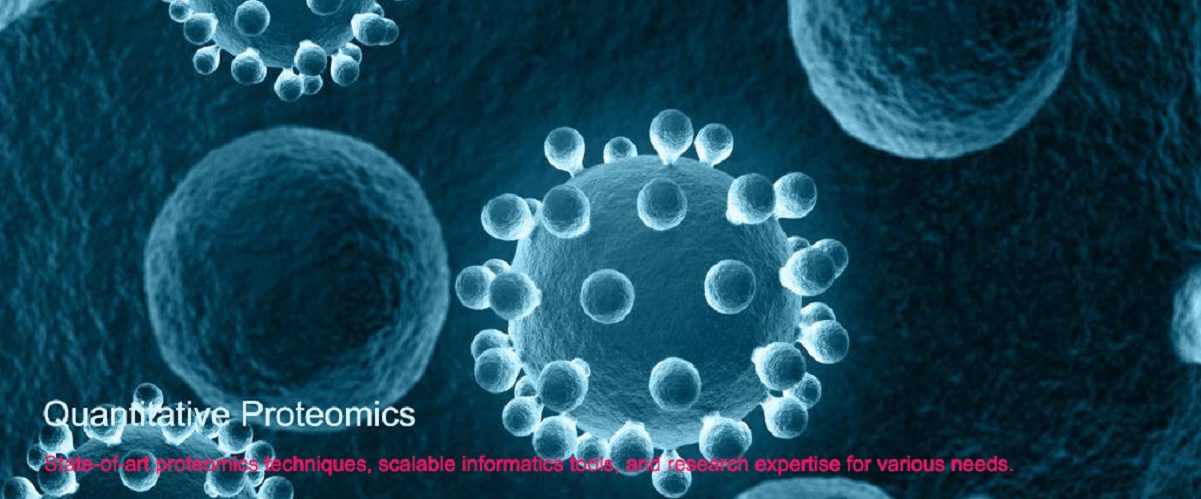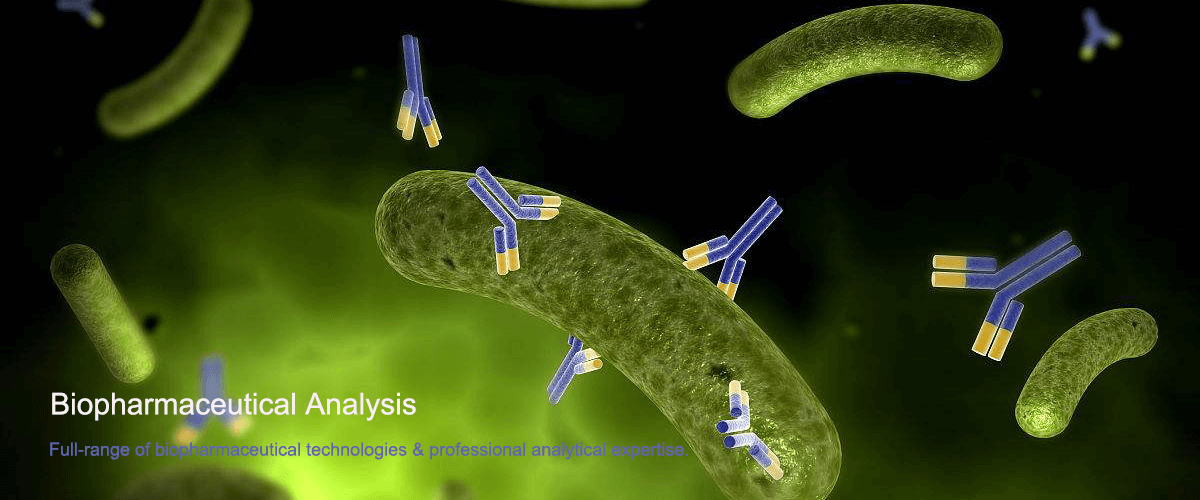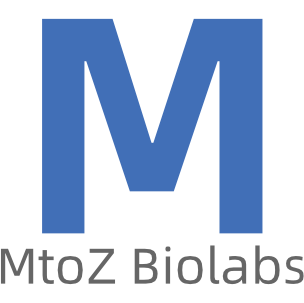Comparison of Peptide Content Determination Methods
Peptide content determination methods play a critical role in fields such as biomedical research, drug development, and protein engineering. Accurate quantification of peptide content facilitates a deeper understanding of their biological functions, supports dose-response evaluations in pharmacology, and ensures quality control throughout production processes. Currently, several primary peptide content determination methods are widely employed, each with distinct principles, advantages, and limitations.
Colorimetric Methods
These methods rely on color changes resulting from the interaction between peptides or proteins and specific chemical reagents. The absorbance is measured using a colorimeter or spectrophotometer, allowing indirect quantification of peptide concentration.
1. Common Techniques
Bradford assay, Bicinchoninic Acid (BCA) assay, and Lowry assay are among the most frequently used.
2. Advantages
These methods are simple, rapid, and well-suited for high-throughput screening and preliminary quantification.
3. Limitations
Their specificity is relatively low, and results may be influenced by sample purity and the presence of interfering protein contaminants, limiting overall accuracy.
High-Performance Liquid Chromatography (HPLC)
HPLC quantifies peptides based on their retention time and peak area as they pass through a chromatographic column.
1. Advantages
This approach offers high resolution, accuracy, and specificity, making it ideal for precise quantification in complex biological matrices.
2. Limitations
HPLC methods require more complex operational procedures, specialized equipment, and expertise in chromatographic analysis.
Peptide content determination methods such as HPLC are essential for ensuring analytical precision when dealing with diverse peptide formulations and biological samples.
Mass Spectrometry (MS)
MS determines the mass-to-charge ratio (m/z) and abundance of peptide ions, enabling both qualitative and quantitative analysis.
1. Advantages
It provides exceptional sensitivity and specificity, as well as detailed information about peptide molecular weights and structural features.
2. Limitations
High instrumentation costs and sophisticated data analysis procedures can present challenges, particularly in routine laboratory settings.
Amino Acid Analysis
This method involves hydrolyzing peptides with acid into their constituent amino acids, followed by quantitative analysis of the released amino acids.
1. Advantages
It yields highly accurate data on peptide composition and is considered a reliable quantitative approach.
2. Limitations
It cannot distinguish isomeric amino acids, and certain amino acids may degrade during the hydrolysis process, potentially affecting the overall results.
These peptide content determination methods provide complementary strategies for peptide quantification, each suited to specific analytical goals and sample types. The choice of method should be guided by factors such as required sensitivity, specificity, sample complexity, and available instrumentation, ensuring that experimental results are both robust and reproducible.
MtoZ Biolabs, an integrated chromatography and mass spectrometry (MS) services provider.
Related Services
How to order?

